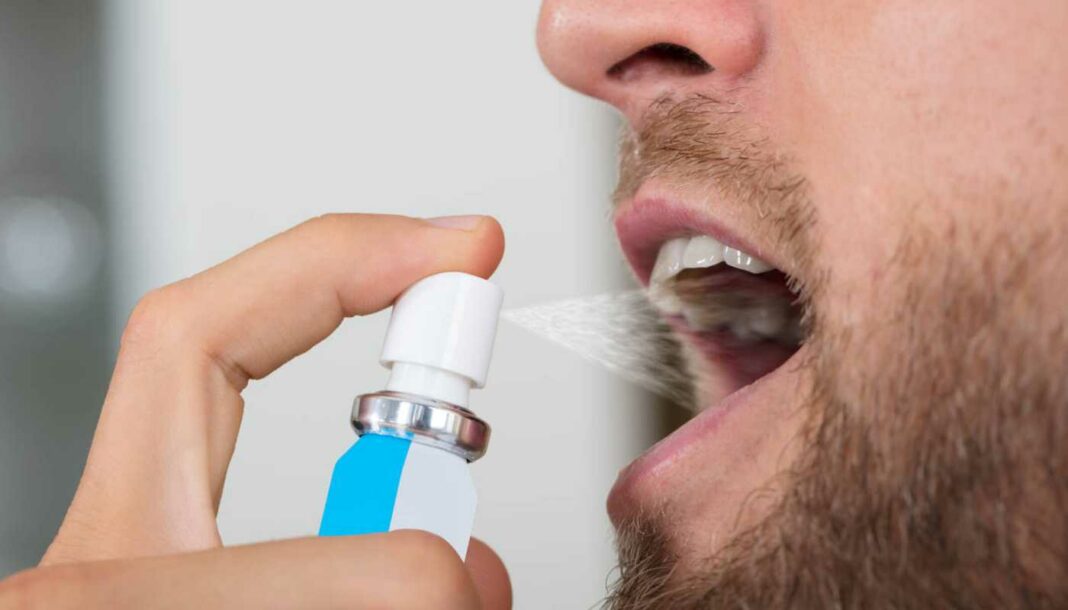Case scenario
Lakshmi, a 58-year-old female, presents to the pharmacy complaining of a sticky feeling in her mouth. She says family members have commented that her breath smells, despite brushing and flossing regularly. She also mentions that she is very thirsty and drinking more water than usual, but this doesn’t seem to help her symptoms. Lakshmi adds that this all started only a few weeks ago. You review her medicines history and notice that she recently started duloxetine for major depression. Lakshmi asks for advice on how to alleviate her symptoms.
Introduction
Dry mouth (or xerostomia) is described as the subjective sensation of dryness in the oral cavity.1 This can be a potential consequence of a reduced salivary flow (hyposalivation), however individuals can also present with xerostomia and have normal salivary flow. Dry mouth is a common condition that can harm dentition, contribute to mucosal discomfort and affect an individual’s quality of life.2,3 In Australia, more than 10% of people experience dry mouth.4 Among older Australians, the estimate is greater, with approximately 25% experiencing xerostomia.4 In the older population, polypharmacy plays a dose-dependent role. Pharmacists are the health professionals who are most seen by the community, therefore pharmacists can significantly contribute to promoting excellence in oral health.5 In addition, the provision of oral health care by pharmacists has been positively accepted by patients.6 This article will describe the clinical perils of dry mouth management and hyposalivation.
Learning objectivesAfter readi |
THIS IS A CPD ARTICLE. YOU NEED TO BE A PSA MEMBER AND LOGGED IN TO READ MORE.



 Professor Margie Danchin[/caption]
Professor Margie Danchin[/caption]

 Dr Peter Tenni[/caption]
Dr Peter Tenni[/caption]
 How should we deprescribe gabapentinoids, according to the Maudsley Deprescribing Guidelines[/caption]
How should we deprescribe gabapentinoids, according to the Maudsley Deprescribing Guidelines[/caption]



 Pharmacists have always prescribed, but they have the potential to prescribe much more
Pharmacists have always prescribed, but they have the potential to prescribe much more







